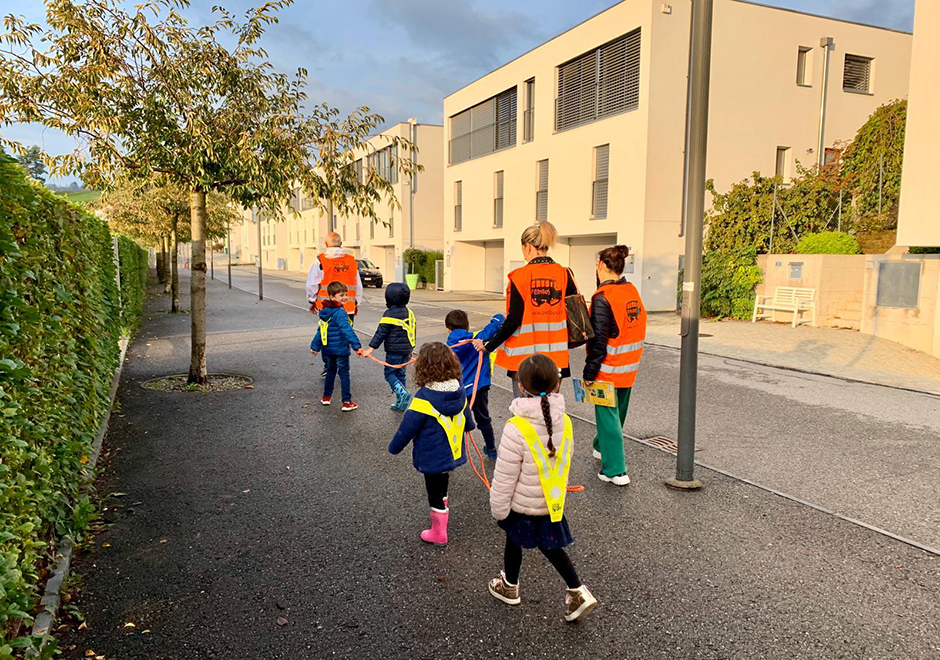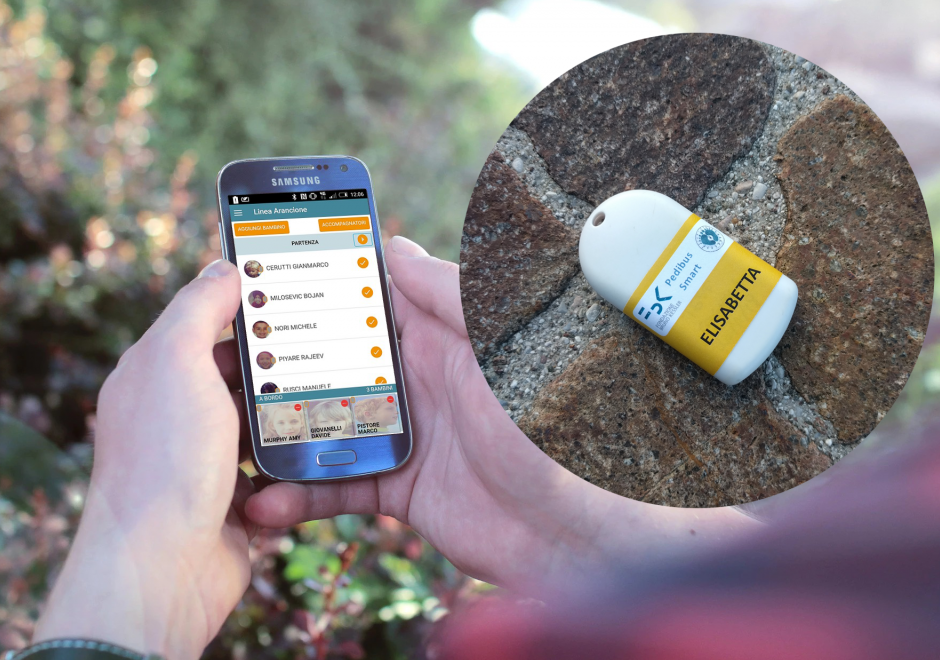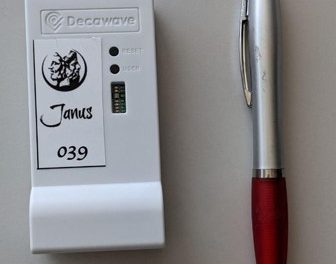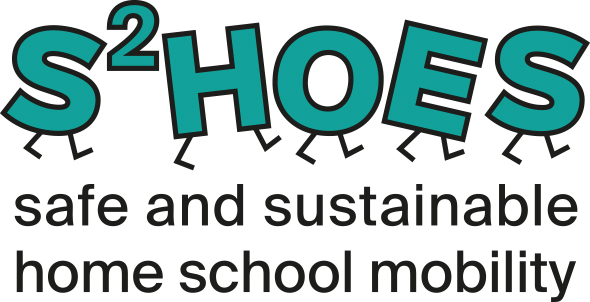
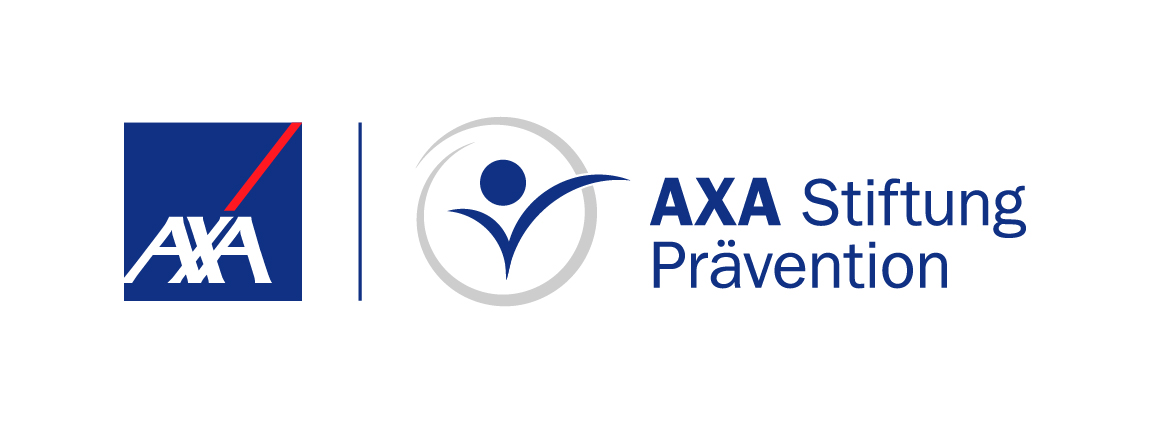
Project Coordinator: SUPSI; Partners: Pedibus Ticino – ATA, Associazione Traffico e Ambiente and Digital Society Center @ Fondazione Bruno Kessler
More and more children are accompanied to school by car by their parents. Although there are sustainable and safe alternatives such as the “Pedibus”, they are in fact too little used. The case study analyzes how communication technologies, apps and educational games, can strengthen active and sustainable mobility on the home-school journey.
Today in Switzerland children between 6 and 9 years old walk to school more rarely than 20 years ago. Initiatives such as the “Pedibus” – a walking school bus – enable children to walk to school safely and ecologically.
However, experience has shown that these offerings are not used enough and, as a result, they have a hard time holding out over time. There are many reasons for this. They are conditioned by modern lifestyles and social and psychological factors, such as comfort and flexibility, longer distances due to urban sprawl, a larger number of working parents or complex and intensive family schedules.
In a case study, the S2HOES project investigates whether the application of modern information and communication technologies as well as a gamification approach in the classroom will encourage more children to walk or bicycle to school. It is also assessed whether these technologies affect awareness and behaviour with respect to road safety and sustainable mobility.
In practical terms, two tools are used and analyzed in the study:
a) The educational program Kids Go Green: bringing children closer to the topic of sustainable mobility in the classroom in a playful way.
b) The Pedibus Smart app: it automatically registers the children who join the “Pedibus”, thus reducing the organizational effort of the accompanying persons. The app is a valuable aid that allows adults to concentrate on the safety of schoolchildren along the way.
Three schools in the Canton of Ticino are participating in the study and will use the two tools regularly over the course of a school year.
Before and after the study, a survey will be conducted among the participants. Personal factors that influence mobility behavior (e.g. knowledge or skills), but also social factors (e.g. family or friends) as well as environmental factors will be analyzed.
Following this, the traffic and environment association ATA will discuss the results at a round table discussion. If the app and the curriculum reveal positive spin-offs, it is planned to invite local authorities to adopt the devices in other schools and evaluate them on a wider scale.
